Kamon 家紋 an ancient legacy between family, tradition and innovation.
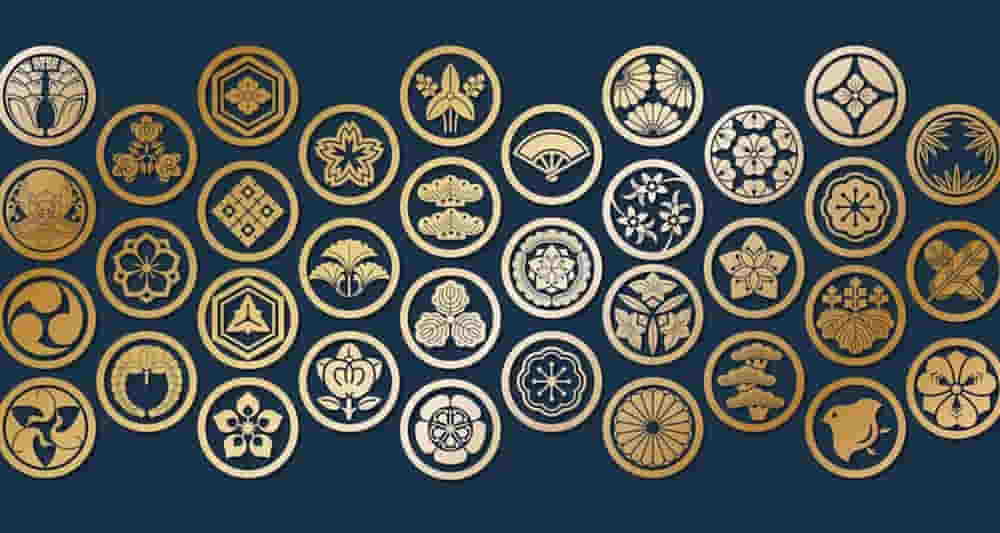 Kamon, Japanese family crests, are an element rooted in Japanese culture and history. These coats of arms have been used since ancient times by noble families, samurai and traders to identify their belonging to a specific family group and to distinguish themselves from the others.
Kamon, Japanese family crests, are an element rooted in Japanese culture and history. These coats of arms have been used since ancient times by noble families, samurai and traders to identify their belonging to a specific family group and to distinguish themselves from the others.
Kamon Origins
The kamon, which literally means "flower of the family", have a long history dating back to the Heian period (794-1185), when the Japanese nobility began to use these coats of arms as signs of recognition. The first ones that were born consisted of a symbol representing the clan name, but over time they became more and more complex, also incorporating images of animals, plants and objects (there are some incredibly beautiful ones).

In the Edo period (1603-1868), the kamon began to spread, we also find them among the samurai and traders, who used them to identify their belonging to a specific family or social group. These coats of arms therefore became increasingly important and were used in many areas of everyday life, such as on clothes, furniture and everyday objects.
Kamon characteristics
Kamon are made up of a series of lines and geometric shapes, such as circles, squares and triangles, which represent elements of nature, such as the sun, moon and stars. In many cases they also incorporate images of animals, such as tigers, lions and eagles. There are some more modern ones, used mostly as brands, which approach more technological and complex forms.
Each kamon is unique and represents the family to which it belongs. Each coat of arms has a specific meaning, which can be associated with the family name or place of origin. For example, the kamon of the Tokugawa family, who ruled Japan from 1603 to 1868, represents three overlapping leaves of Aoi (Hollyhock) plants, while the kamon of the Matsudaira family represents a pine tree.
Importance of Kamon in the Japanese culture
Kamon have become an important element of Japanese culture and are still used in many areas of daily life. For example, they are often used on kimonos, fans, furniture and everyday objects. Each kamon represents the history and culture of the family to which it belongs and constitutes an important element of family identity. Furthermore, kamon have also become a recognizable element in Japanese pop culture. It is not uncommon to find them in products such as manga, anime or video games.
There are many important kamon in Japan, I will limit myself to listing some of them (among those that I remember better), among the best known, because the quantity is really very large:
 Tokugawa family Kamon: as already mentioned, this crest represents three superimposed Aoi (Hollyhock) plant leaves. The Tokugawa family ruled Japan from 1603 to 1868 and their kamon is still very popular today.
Tokugawa family Kamon: as already mentioned, this crest represents three superimposed Aoi (Hollyhock) plant leaves. The Tokugawa family ruled Japan from 1603 to 1868 and their kamon is still very popular today.

Chrysanthemum familyKamon : this coat of arms represents a chrysanthemum flower with sixteen petals. Chrysanthemum is the national flower of Japan and the Chrysanthemum family kamon is associated with the Japanese imperial family.
 Oda family Kamon: this coat of arms represents a kind of flower inside another flower. The Oda family were one of the most prominent samurai families of Sengoku period (1467-1568) Japan, and their kamon is still very popular today.
Oda family Kamon: this coat of arms represents a kind of flower inside another flower. The Oda family were one of the most prominent samurai families of Sengoku period (1467-1568) Japan, and their kamon is still very popular today.
 Takeda family Kamon: this crest represents a four diamond ineme. The Takeda family were one of the most important samurai families of Sengoku period Japan and their kamon is still very popular today.
Takeda family Kamon: this crest represents a four diamond ineme. The Takeda family were one of the most important samurai families of Sengoku period Japan and their kamon is still very popular today.
 Shimazu family kamon: This crest represents a circle with a plus inside. The Shimazu family were one of the most important samurai families of Sengoku period Japan and their kamon is still very popular today.
Shimazu family kamon: This crest represents a circle with a plus inside. The Shimazu family were one of the most important samurai families of Sengoku period Japan and their kamon is still very popular today.
 Minamoto family Kamon: this crest represents three leaves of Kiri (paulownia). The Minamoto family is one of the oldest and most prominent families in Japan and their kamon has been used by many shoguns.
Minamoto family Kamon: this crest represents three leaves of Kiri (paulownia). The Minamoto family is one of the oldest and most prominent families in Japan and their kamon has been used by many shoguns.
These are just some of the most significant and important examples in Japan. There are a variety of coats of arms, each with their own meaning and history, which continue to represent an important part of Japanese culture.
In conclusion, the kamon are among the oldest and most important legacies of Japanese culture, they represent the history and identity of many Japanese families, the history and identity of Japan itself. It is no coincidence that they have been rediscovered, with new styles and designs and implemented with other fundamental sectors of Japanese culture and economy, such as manufacturing and entertainment.
Images Sourse: tsunagu Japan
JNTO

 English (United Kingdom)
English (United Kingdom)  Italiano (it-IT)
Italiano (it-IT) 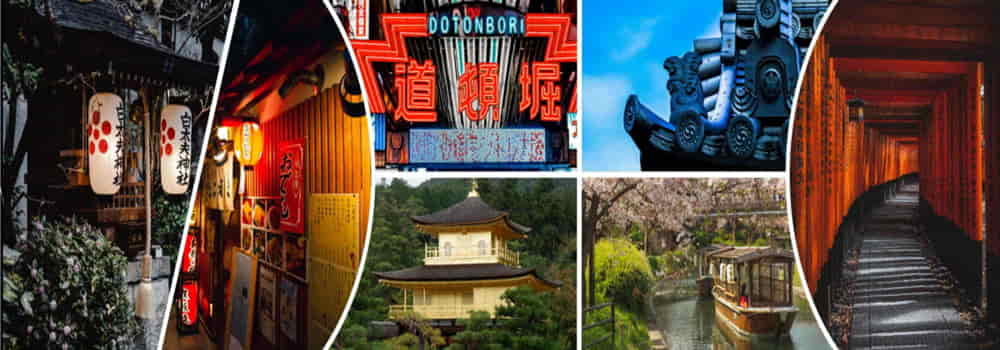
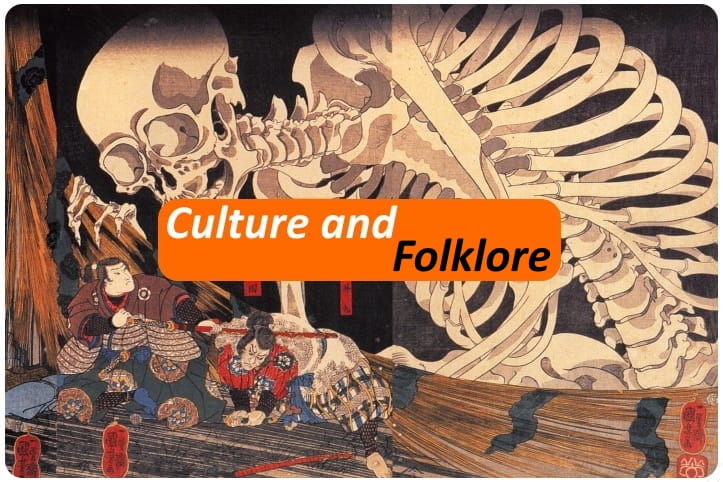
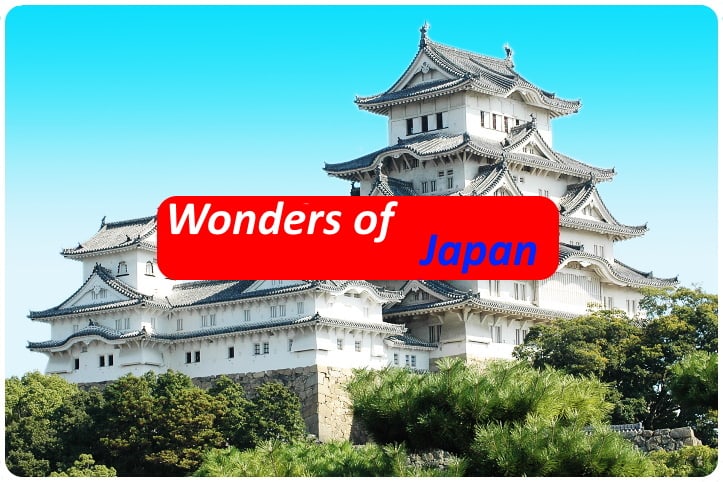

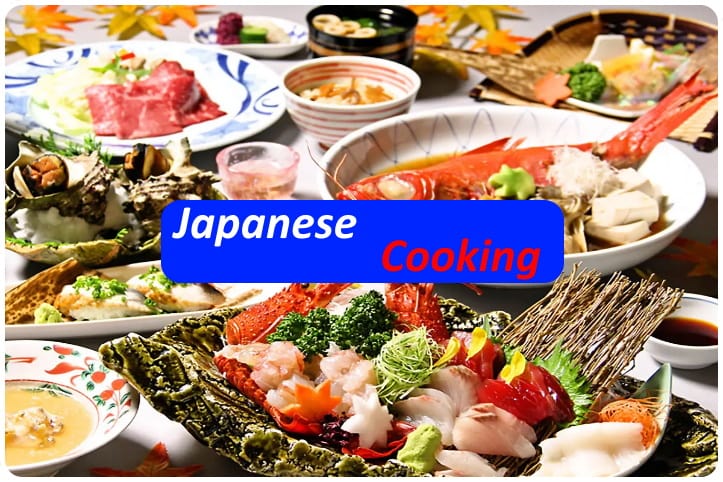


![[Review] Princess Toyotomiプリンセス トヨトミ](https://www.fukainihon.org//cache/mod_jt_contentslider/fdfb524f85518b9476158c79c8ea022f_328.jpg)


